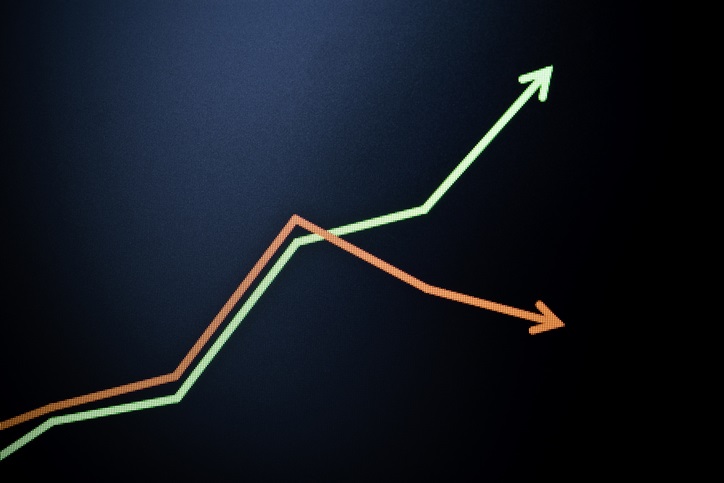Top of the markets: energy and financials the winners in February
The performance gap between S&P 500 sectors was at its largest since March 2020.
2nd March 2021 12:39
by Tom Bailey from interactive investor
The performance gap between the S&P 500 sectors was at its largest since March 2020.

At the end of February, markets around the world started to wobble due to rising bond yields and inflation fears. However, despite this downturn, most markets finished the month higher.
The S&P 500 finished at 3,811 points, up by 2.76% on the month. The rally in mid- and small-cap US stocks also continued, with the S&P MidCap 400 up by 6.8% and the S&P SmallCap 600 up by 7.65%. The Dow Jones Industrial Average index also had a relatively decent month, up by 3.43%.
- Will these Buffett-style ‘moat’ ETFs protect against inflation?
- Why now is the time to look beyond the S&P 500
- New hydrogen economy ETF launches – too late to back this theme?
In terms of sectors, energy was the clear winner in February, with index up by 22.66%. February saw commodity prices, including crude oil, continuing to rise on the back of an expected return to economic growth this year. Financials also performed well with the S&P Financial Sector Index clocking double-digit gains, rising by 11.49%.
According to Tim Edwards, managing director of index investment strategy at S&P Dow Jones Indices, the strong performance of financials was the result of the rise in long-term bond yields, steepening the yield curve, which is broadly good for bank profitability.
The performance gap between S&P 500 sectors was at its largest since March 2020. The worst-performing sector was utilities, which lost 6.12%. The difference between the performance of this sector and the best performing, which was energy, was 29%.
In terms of factors, so-called high beta stocks were the best performing, with the index gaining over 18%. The S&P 500 High Beta Index measures S&P 500 stocks that are most sensitive to changes in market returns. Meanwhile, among the worst-performing stocks were low volatility. The S&P 500 Low Volatility Index, which is designed to measure the performance of the 100 least-volatile stocks within the S&P 500, lost 1.1%.
- Revealed: the ETFs charging active manager fees
- Tom Bailey Column: Help! I believe in passive but buy active funds
- Take control of your retirement planning with our award-winning, low-cost Self-Invested Personal Pension (SIPP)
The S&P 500 Equal Weight Index continued to outperform its market-capitalisation equivalent, returning over 6%.
Looking to Europe, both the S&P Europe 350 and the S&P United Kingdom finished February a few percentage points higher. The Europe index gained 2.73% and the UK index was up 1.79%.
Sector performance followed the same pattern as the US, albeit with smaller gains. The S&P 350 Energy Index gained 10.21%, while financials gained over 11%. Utilities were the weakest, with a loss of over 5%.
These articles are provided for information purposes only. Occasionally, an opinion about whether to buy or sell a specific investment may be provided by third parties. The content is not intended to be a personal recommendation to buy or sell any financial instrument or product, or to adopt any investment strategy as it is not provided based on an assessment of your investing knowledge and experience, your financial situation or your investment objectives. The value of your investments, and the income derived from them, may go down as well as up. You may not get back all the money that you invest. The investments referred to in this article may not be suitable for all investors, and if in doubt, an investor should seek advice from a qualified investment adviser.
Full performance can be found on the company or index summary page on the interactive investor website. Simply click on the company's or index name highlighted in the article.